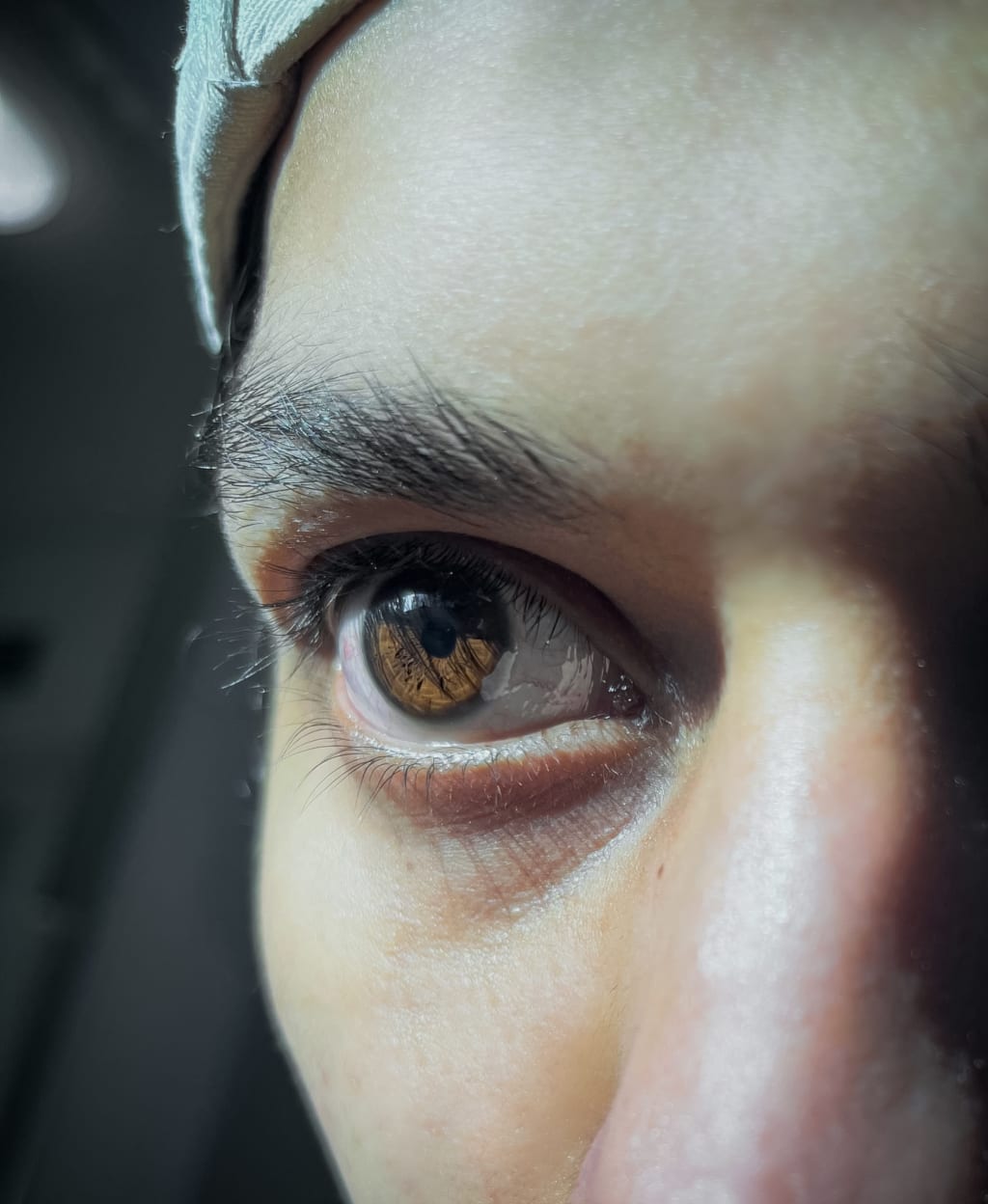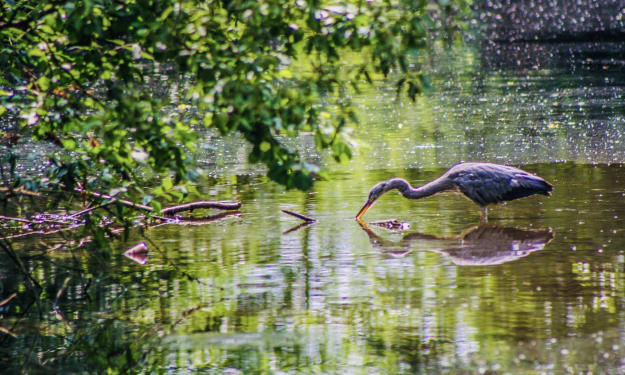
Asian eye photography has become increasingly popular in recent years, as people have recognized the unique beauty and characteristics of Asian eyes. When it comes to photographing Asian eyes, it is important to understand the features that make them stand out. One of the most distinctive characteristics of Asian eyes is the epicanthic fold, which is a fold of skin that covers the inner corner of the eye. This feature gives Asian eyes a distinctive shape and can make them more challenging to photograph than other eye shapes.
When photographing an Asian eye, one of the most important factors to consider is lighting. The right lighting can make all the difference in capturing the beauty of the eye and bringing out its unique features. Ideally, you want to use a soft, diffused light source that illuminates the eye without creating harsh shadows or reflections. Natural light is often the best option for photographing eyes, as it can provide a soft, flattering light that brings out the natural beauty of the eye.
The photograph is expertly captured, with sharp focus and excellent lighting that highlights the many intricate details of the eye. The photographer has chosen a shallow depth of field, which creates a soft and dreamy effect around the edges of the iris, while still keeping the central portion of the eye in perfect clarity. The honey brown color is particularly striking in this light, with shades of amber and gold that seem to dance across the iris.
Upon closer inspection, we can see the subtle variations in color and texture that make each iris unique. Tiny flecks of darker brown and even greenish hues can be seen scattered throughout the iris, giving it a sense of depth and complexity. The pupil itself is also perfectly captured, with its deep black center and surrounding dark ring.
Another key factor to consider when photographing an Asian eye is the angle and composition of the shot. To capture the full beauty of the eye, you want to ensure that the focus is sharp and the image is well composed. The ideal angle will depend on the shape of the eye, but generally, you want to capture the iris and pupil in sharp focus, while also showing the surrounding details of the eye.
When it comes to photographing a honey-brown eye, there are several key details that you want to capture. The first is the color of the iris itself. Honey-brown eyes are a beautiful, warm color that can range from a light golden brown to a rich, deep amber. To capture the full range of colors in the iris, you want to use a shallow depth of field that blurs the background and brings the eye into sharp focus.
In addition to the color of the iris, you also want to capture the unique patterns and textures that are present in the eye. These may include the radial lines that emanate from the pupil, the subtle flecks of color that are present in the iris, or the delicate veins that are visible on the surface of the eye. To capture these details, you may need to use a macro lens or get very close to the subject.
Overall, photographing an Asian eye, especially one with a honey-brown color, requires a keen eye for detail and an appreciation for the unique beauty of the eye. With the right lighting, composition, and attention to detail, you can create a stunning image that captures the full range of colors, patterns, and textures that make Asian eyes so captivating. Whether you are a professional photographer or an amateur enthusiast, taking the time to learn about the nuances of Asian eye photography can help you create images that are truly breathtaking.
About the Creator
Muhammad Mustafa
Hey!
I am a passionate photographer in Dubai with an unwavering love for capturing life's most precious moments. I have a keen eye for detail and a knack for finding beauty in the most unexpected stuff.
Hope you like my Content :)






Comments
There are no comments for this story
Be the first to respond and start the conversation.